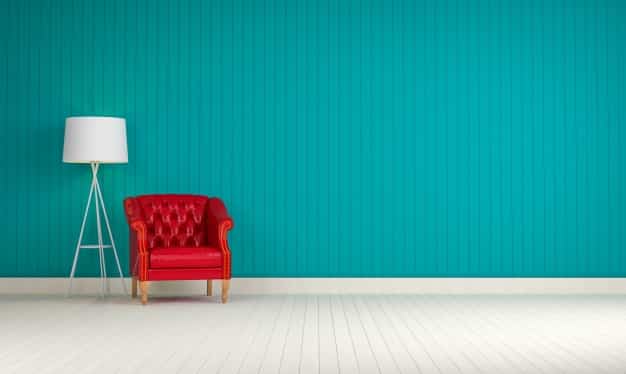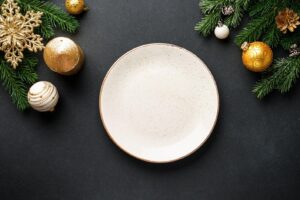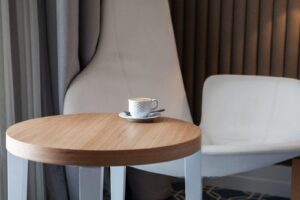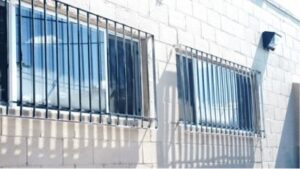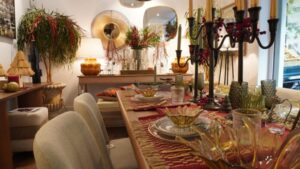Drywall, also known as gypsum panel or laminated gypsum board, has gained great relevance in the construction and decoration industry due to its versatility, lightness, and ease of installation. This material, which has become a favorite of architects, interior designers, and renovation professionals, presents characteristics that make it especially attractive for a wide range of applications.
Composed of a gypsum core between two layers of cardboard, drywall offers beneficial properties that make it stand out in the sector. Its use is common in the creation of partitions, false ceilings, and coverings, as well as contributing to thermal and acoustic insulation of spaces. The smooth surface of drywall allows for an aesthetic finish, adapting to various styles of decoration and becoming an ally in the search for harmonious and functional environments.
There are different types of drywall, each designed to meet specific needs. Standard drywall is the most used in dry indoor spaces. In contrast, for areas with high humidity, such as bathrooms and kitchens, moisture-resistant drywall is recommended, which has properties that prevent the proliferation of mold. Likewise, fire-resistant drywall is ideal for premises that require greater fire safety, as it is designed to retard the spread of flames.
Another attractive feature of drywall is its ability to offer varied aesthetic options. Designers can use it to create curved walls, built-in shelves, or even in the manufacture of furniture. Its surface can be painted or decorated, allowing homeowners to personalize every corner of their home, giving it a unique and cozy character.
The installation of drywall is relatively simple, which has led many DIY enthusiasts to venture into simple projects. However, the intervention of an experienced professional is advised to ensure a perfect finish. Space preparation, proper measurement, and the use of specific tools are key aspects to achieve optimal results in any project.
One of the current trends in decoration includes the use of drywall to create space boundaries without the need for structural renovations. This technique, known as “false partitions”, allows for dividing spaces without sacrificing brightness or visual spaciousness, which is particularly advantageous in small-sized apartments.
In conclusion, drywall not only presents itself as a functional construction material but also as a creative tool in interior design. With its different types and applications, this material translates into practical and aesthetic solutions for any renovation project, becoming an essential ally in the modernization of homes and commercial spaces. As professionals in the sector and design enthusiasts continue to explore its advantages, drywall is destined to remain a prominent element in the field of decoration.
Referrer: MiMub in Spanish

